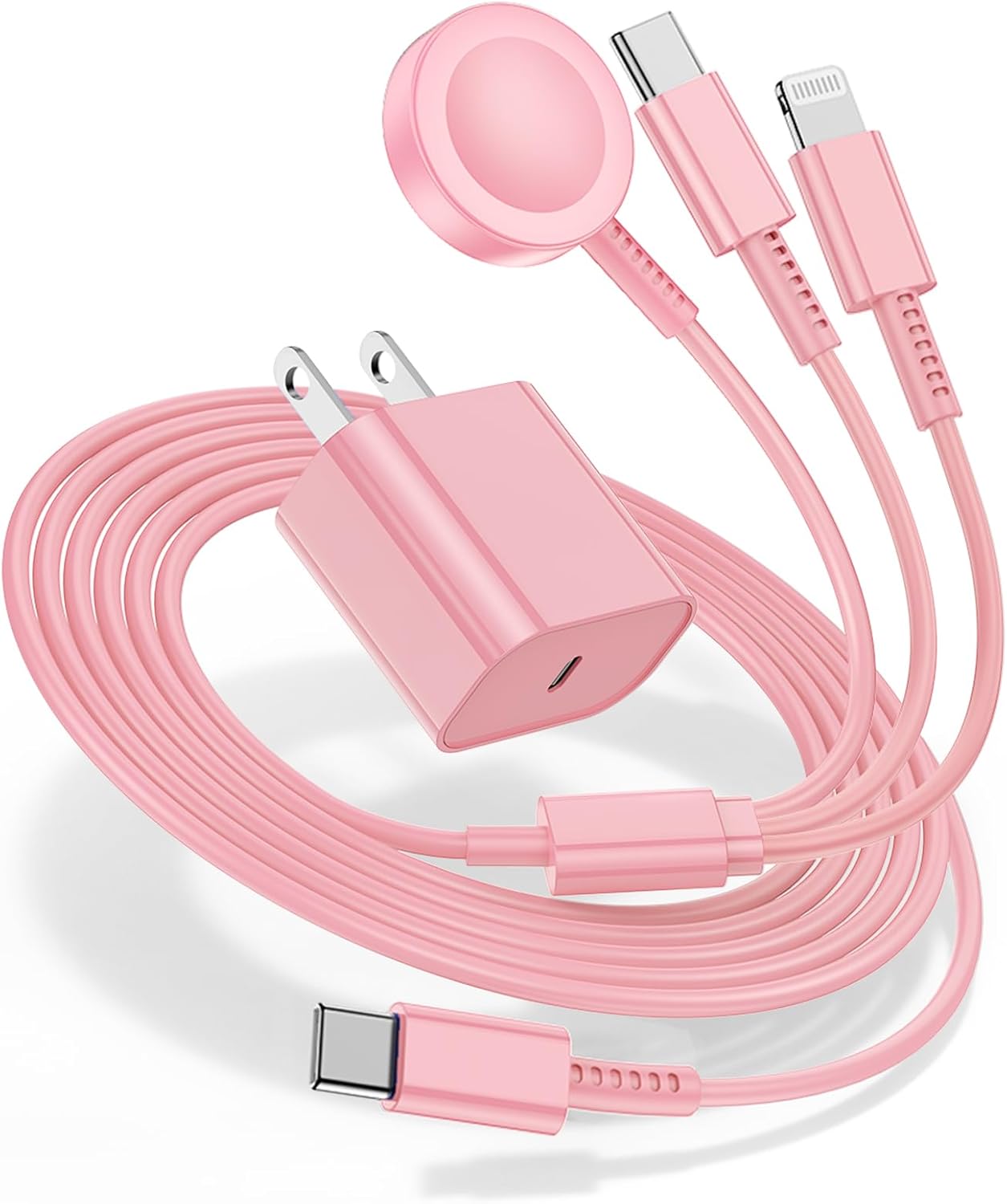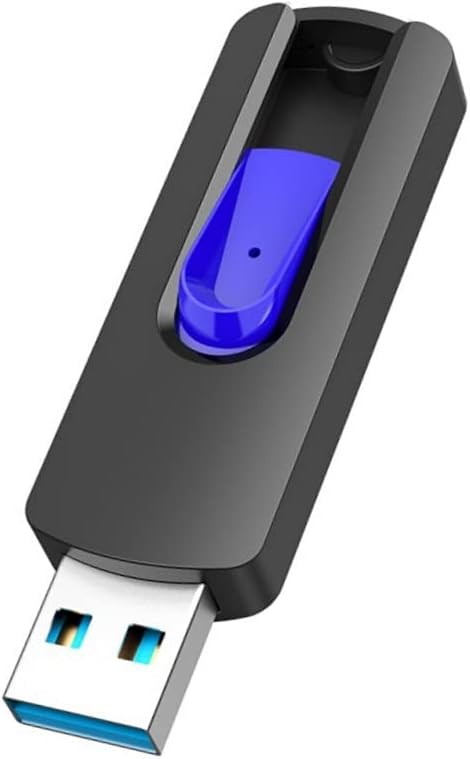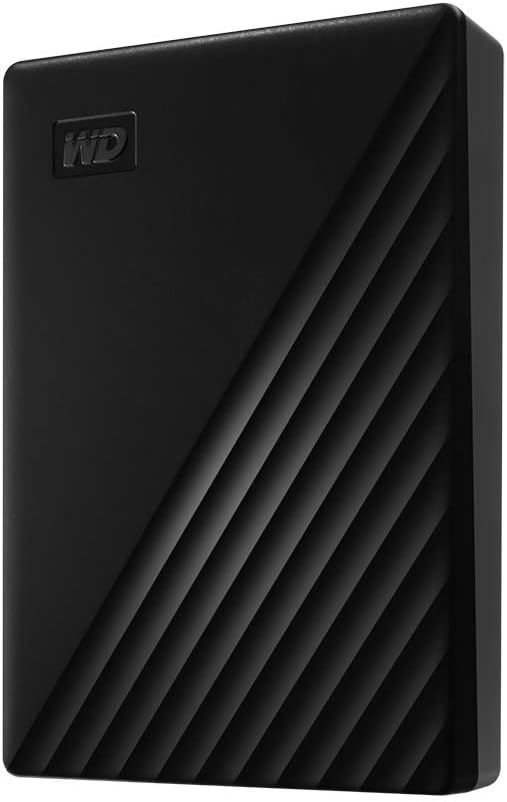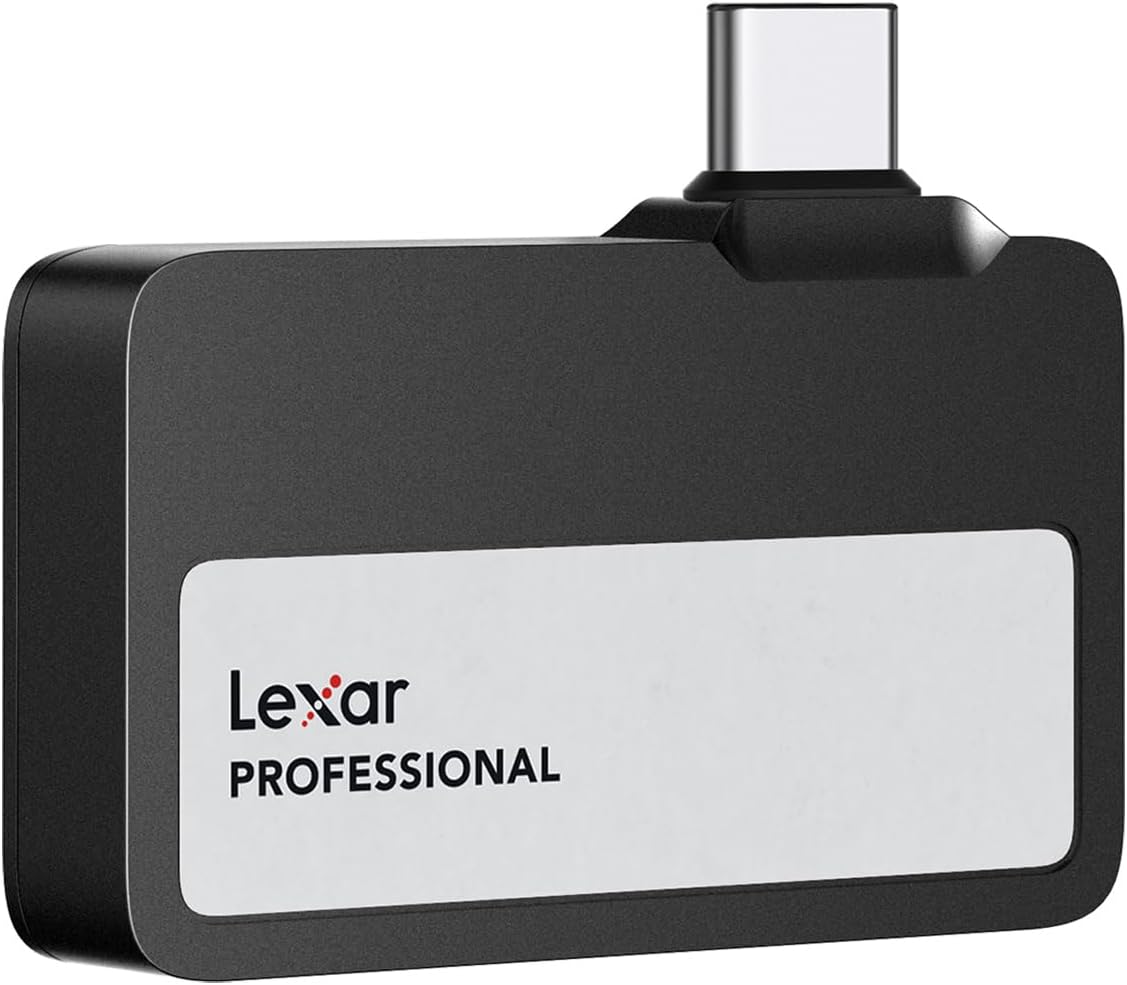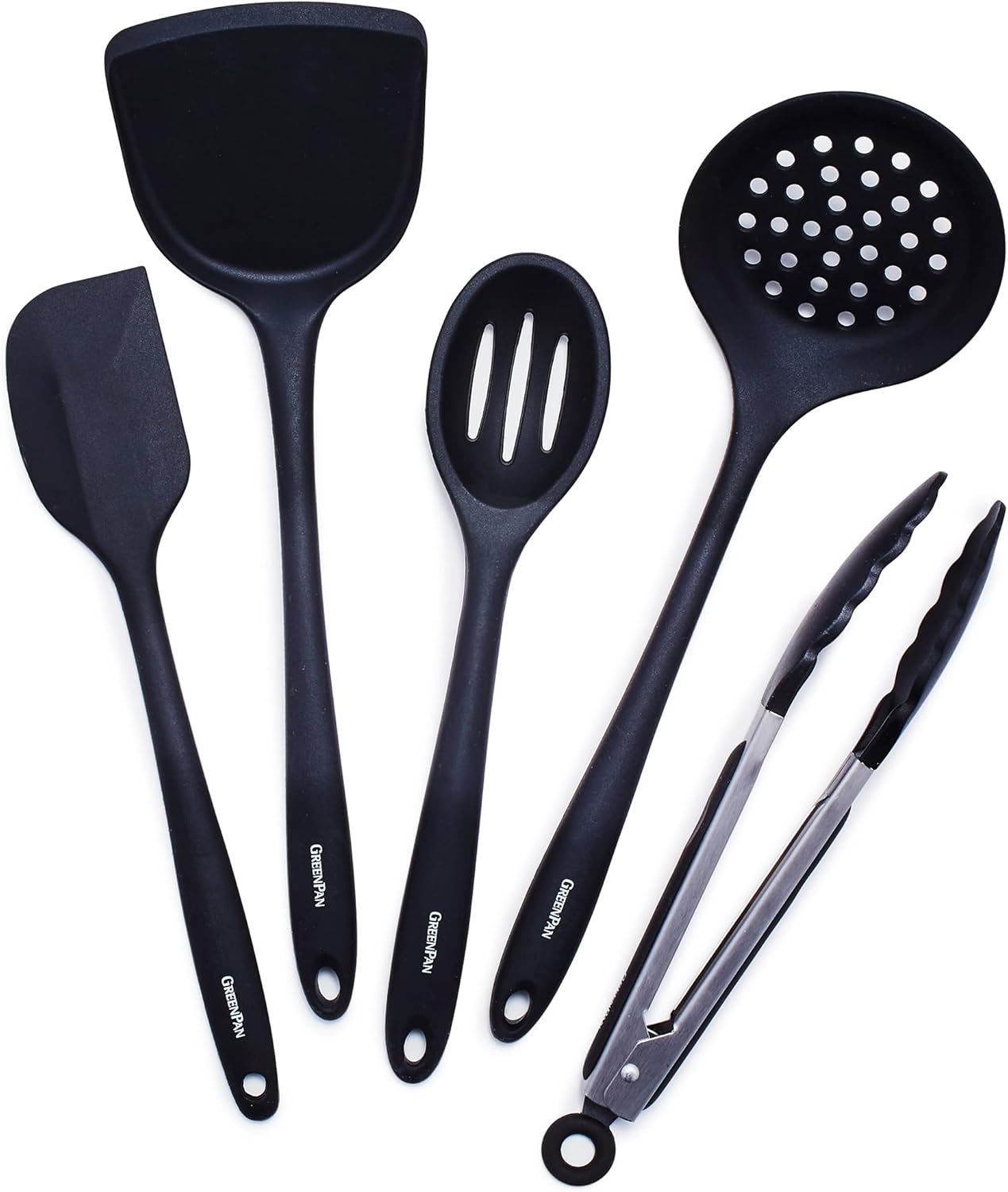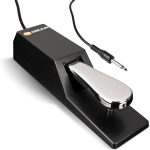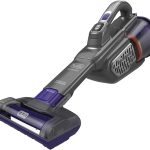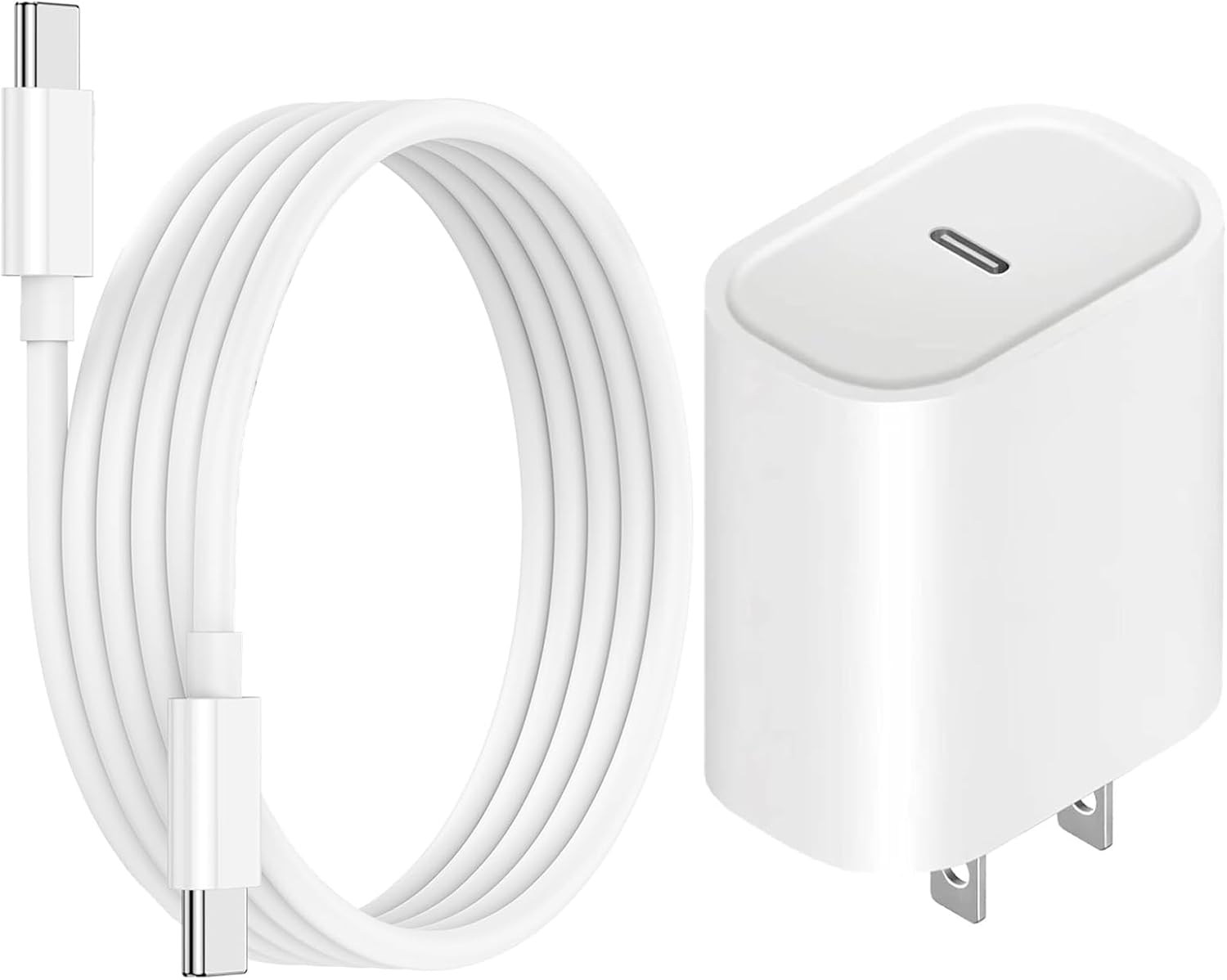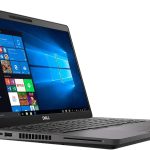








Customers say
Customers find the USB 3.2 Type-C enclosure works well, with one mentioning it successfully cloned a system drive, and appreciate its ease of use with no tools needed for installation. The product features a sleek metal casing, is compact enough to fit 80mm SSDs or less, and offers fast transfers for large files. While some customers report zero heat issues, others mention it gets hot during use.
Make It Yours – See Your Price On Amazon!
Your Sales Price $39.99 - $29.95
A quick rundown of this product’s key features:
CONVENIENCE: 100% Tool-Free, quickly install and remove SSDs without any tools.
DESIGN: Ultra-slim Aluminum case with ABS frame. Sleek, Durable, and Convenient. Portable yet durable, ideal for traveling.
COMPATIBILITY: M.2 form factor compatible with both SATA and NVME in sizes: 2242/2260/2280.
SPEED: USB 3.2 supports data transmission speeds of up to 10Gbps for steady and efficient data transfer. Backward compatible with USB 3.1 and USB 3.0 at respective speed limits.
PLUG & PLAY: No additional drivers required. Bus powered. Does not need an external power supply. Perfect for tech nerds, 4K content designers, and engineers. At up to 1000MB/s, Data copy and transferring will be done in in no time.
Our Top Reviews
Reviewer: Paul
Rating: 5.0 out of 5 stars
Title: Sabrent Tool Free Enclosure worked great on my clone
Review: Dell XPS 8950 desktop (Costco 2022 build) i7 Intel-12700, 32GB DDR5 RAM, AMD RX 6700 XT, PCIe M.2 Gen 4. Replaced the C: Drive with a larger and faster 1TB Crucial T500 PCIe Gen 4 NVMe M.2 by cloning with a Sabrent Model EC:SNVE USB TYPE C Tool Free Enclosure with no issues. Macrium Reflect Home X, the trail version, was used following an article from XDA-Developers.com “How to set up an SSD as boot drive for your new or existing computer”. I also referred to a older You Tube video by Access Random – “UPDATE: Using Macrium Reflect Free to Clone Windows to a Bootable M.2 SSD” to create a USB Rescue Media . The clone time was about 30 minutes using the Type C port (20 Gbps) on the rear of the computer. Removed the old drive and replaced it with the new T500. I did nothing to the BIOS and left the original settings as Boot [UEFI] and Boot Option one as [Windows Boot Manager] and SATA/NVMe Operation as [RAID ON]. The XPS booted up and ran fine with the exception of Norton having to have the KEY reentered to work. The T500 was recognized by the CrystalDiskMarkInfo program and the old Kioxia NVMe was not listed. With all the problem comments on RAID and UEFI settings in the BIOS, I was at my knowledge limits. Using the winsat disk command in the Terminal Admin mode the Sequential Read was 5980 and Write was 4993. The Crucial Spec Sheet lists their 1TB at 7300/6800. I did not turn on the Momentum Cache in the Crucial Storage Executive software. The current Firmware Version is P8CR003 and would not update to P8CR004 using the Crucial Storage Executive – there was a warning of “no drives were found in the system. This may be because your drives are allocated in a RAID configuration. You may proceed with a manual firmware update”. I will try Crucial Support for the answer. Overall, I am happy the way it turned out – thanks to the XDA-Developers and Access Random articles/video for Macrium Reflect.Update 12/31/2024 Called Crucial Support and the agent confirmed that in order to update/add the P8CR004 latest Firmware with Crucial Storage Executive I could not do this with a RAID configuration on the Dell XPS as it would affect other drives (HHD and SATA SSD) as well. This was why I was receiving the Warning or error. The agent also cautioned using Momentum Cache for the same reason – RAID being on in the BIOS. With my limited computer skills and knowledge, I chose to leave the T500 as is – after all it is twice as fast as the original Kioxia NVMe.Crucial has two FAQ’s to better explain the subject – The first, Storage Executive Fails to Update the Firmware on My SSD states, “Ensure that you are not using RAID mode in the system BIOS settings. RAID will often prevent many of the features in Storage Executive from working with your drive, AHCI is the preferred mode. Refer to your system manufacture for any help with this setting.” The second, Basics of RAID – “In terms of day-to-day use, RAID works similarly to a single disk, but diagnostic tools read data from a RAID configuration differently than they do a single SSD or hard drive. For example, Crucial Storage Executive is not fully compatible with some RAID controllers and configurations, and specific functions such as SMART reporting or firmware updates may not work at all in these unsupported environments, requiring the RAID to be temporarily disassembled for updates or troubleshooting of individual drives. Also, while modern operating systems and RAID drivers allow trim commands to run on SSDs in RAID, legacy operating systems and drivers may not properly support them, meaning functions such as Garbage Collection become more important for maintaining the highest performance from connected SSDs.”
Reviewer: C. Critchfield
Rating: 5.0 out of 5 stars
Title: Should have gotten this sooner
Review: tl;dr … LEARN FROM MY MISTAKE … If you’re upgrading a laptop’s M2 OS drive to a better M2 drive, just pop the $ to get an M2 drive enclosure to replicate the drive in one step. You never know when you’ll get that one prima donna laptop that’s being a pain not booting from external USB drives, or a cloning software that won’t make the cloned drive bootable unless you’re cloning right from the active OS drive that’s currently running.Reason I went for this Sabrent Enclosure:* not made in china* no screws* aluminum housing (helps dissipate heat)~~~The long versionUpgrading wife’s laptop. It has a tiny 125GB M2 SSD as it’s only drive. Got a 1TB replacement. I did not have an M2 enclosure then, otherwise would have been simple matter of plugging that in, replicating OS M2 drive to new M2 drive.. and then I’d have everything I needed to tear apart laptop ONE TIME, install everything and BE DONE.Nope. I had a 2.5″ external enclosure. So, I decided to clone to that. During cloning process, since I was cloning the active OS drive, the cloning software recognized that and said “hey, you’re replicating a bootable drive, do you want to make it EFI or MBR?” Um… I don’t know. I picked EFI.Not sure if that made a difference (modern laptops use UEFI, and even the BIOS on her laptop is just a very cut-down UEFI ASCII that has option to use Legacy Mode (BIOS) if needed). So, this shouldn’t have made a difference.So, I tear her laptop apart. This is an HP laptop that some engineer from h*** decided to put all upgradeable parts on the UNDERSIDE of the mobo and NO external plastic panel to remove for easy access. So, I had to REMOVE THE MOBO from the laptop to upgrade RAM, WLAN, Repaste the CPU, AND install the new 1TB M2 drive.The 125GB drive that came out was M+B keyed SSD. New that went in was M keyed SSD only. Shouldn’t make a difference. Get lappy back together.Try to boot from external USB drive (the 2.5″ I put the replication on) and it kept going into Windows Recovery acting like the drive was corrupt. I have no clue why. Go into UEFI, look at settings, it should be able to boot from external. But, her laptop was being super dramatic about it.Test the 2.5″ on other computers.. they boot to external just fine, right into her old Windows Desktop. So, wife’s laptop is the problem.I try messing around with various options for a day, like recloning the 2.5″ drive to another 2.5″ drive and trying to force it to be MBR instead of UEFI this time. But, the cloning software was not making the new cloned drive bootable for some reason.Now.. when I first thought of upgrading wife’s laptop, I watched vids that showed you could just get an M2 enclosure and make drive replication easy. I decided NOT to spend $30 on that, and instead WASTED 2 days of my life messing around instead.Finally got sick of it all. Ordered M2 enclosure. Was guarding wife’s 125GB M2 drive with my life, b/c if that thing got damaged or screwed up I (and, more importantly, my wife) would be upset.Sabrent M2 shows up. Tear apart wife’s laptop to replace the 1TB blank M2 w her 125GB M2 again. Loosely put it all back together. Boot. Windows comes up. Sigh of relief. Get the 1TB M2 into the M2 enclosure. Plug in. Clone the 125GB drive. Cloning software finally gives me option of “hey, you’re cloning a working OS drive.. we’ll make the clone bootable!” THANK YOU! Clone it. Try booting laptop from external M2 Enclosure to test… LAPTOP WON’T BOOT FROM IT! Like, what’s the deal, dude?!Decide to just “leap of faith” tear down laptop, put cloned 1TB in, put back together.. boot… Windows boots up fine.I don’t know who at HP a) designed such an awful hardware piece-together and b) designed such an awful UEFI it won’t boot from external, but they have earned my ire.But, again, stupid me for not just getting an M2 enclosure and doing it the easy way to begin with. 2 days of my life is more than worth $30. Plus, M2 drives are the new norm. So, this M2 enclosure will get more use in the future. And, if my wife needs an new external drive, I can just buy a 1TB M2 to slap in it and give her a glorified USB stick. Win-win-winAnyways.. lesson learned. Don’t be cheap. Just get the M2 enclosure, save your time, save your sanity.
Reviewer: Timothy B. Elliott
Rating: 5.0 out of 5 stars
Title: Fast, Versatile, and Tool-Free NVMe/SATA Enclosure
Review: This Sabrent enclosure delivers outstanding performance and flexibility for the price. I’m using it with a 4TB NVMe SSD, and in CrystalDiskMark tests, it achieved sequential read/write speeds around 1,040 MB/s read and 1,017 MB/s write over USB 3.2 Gen 2 (10Gbps), which is exactly what I’d expect from a high-quality enclosure.The tool-free design is excellent. The installation took under a minute with no screws or extra tools. It’s compatible with both PCIe NVMe and SATA M.2 drives, which adds a lot of future-proof value.One thing to note: it gets hot, especially during large file transfers or extended use. While heat is typical for NVMe drives in compact enclosures, it’s something to be aware of if you plan on using it for heavy workloads or long backups. I let it sit on a cool surface when transferring large files just to be safe. For sounds, with no moving parts, it is silent. There is no electrical noise or hum made.Overall, this is a great-performing, well-built, and easy-to-use enclosure at a very reasonable cost. Ideal for repurposing old SSDs, creating fast external drives, or cloning new systems. Highly recommended.
Reviewer: Emil Saber
Rating: 1.0 out of 5 stars
Title:
Review: طلبت المنتج كما في الاعلان وتم ارسال منتج بديل بدون علامة تجارية وقمت بارجاعه
Reviewer: فواز الزهراني
Rating: 5.0 out of 5 stars
Title:
Review: .
Reviewer: DeeDee
Rating: 5.0 out of 5 stars
Title:
Review: Purchased this product 5 months ago, no regrets!This particular model accommodates both m.2 SSD and NVME technology drives, making this external drive enclosure more versatile and added value for the money. If you only have an m.2 ssd right now, you can easily re-use this enclosure later when you pickup a much faster NVME designed drive.The top hinged case lid is made out of thick ribbed aluminium , the ribbed surface fins are for aiding in heat dissipation. Inside the lid is a length of thermal contact padding, that transfers the heat buildup from the nvme / ssd m.2 drive.Prior to owning the Sabrent, I lost one ssd m.2 stick that burnt itself to failure & data loss by overheating using a different brand name ssd m.2 enclosure that used a slide-on casing and lacked any sort of thermal heat transfer. High heat will slowly kill and eventually cook chips and circuit boards. I won’t mention the brand or specific unit (wasn’t Sabrent), but I was not happy losing a costly m.2 drive with data on it. Hence my search for a better designed enclosure with thermal heat dissipation.The Sabrent enclosure does get warm to the touch during heavy and/or prolonged usage but not hot enough to burn your skin. The ssd/nvme temps measured with Crystal Disk Info shows the internal chip temps getting to 50C at most (in my uses), and cools down very quickly to about 23C – the enclosure is luke warm to the touch once the drive is in idle. I don’t have a temperature probe or reading gun to accurately verify the temperatures of the enclosure itself, but as I said, it doesn’t get hot enough to burn you, and is cool to the touch when not in use. The simple fact that the enclosure does get warm and cools down quickly means the built in thermal heat transfer padding is doing it’s job and keeping the drive inside within safe / normal operating temperatures. A drive that is kept within normal operating temps is a drive that won’t prematurely die in failure from constant exposure to excessive heat buildup.I like the tool-free design, starting with the inset push button spring mechanism that securely keeps the enclosure closed. Sabrent provides a pair of rubber mushroom topped style peg stoppers that fit into the slotted eyelets for the several sizes of nvme/m.2 drives, which keeps the drive solidly in place while also hassle-free to release and swap out drives if needed. No needing one of those tiny screwdrivers and painfully tiny m.2 screws. And the fact Sabrent provides 2, 1 for use, one as a spare just in case.The one and only single nitpick I have with this particular enclosure model is the absurdly short 3-4″ usb-c-to-c usb 3.2 10gb/s cables provided. I don’t know if Sabrent chose this to keep costs down or focused solely on Laptop users. Even with that said, Laptop users probably wouldn’t mind having a bit longer cable to work with, especially if desk space is cramped/limited or using the laptop seated literally on their laps, a longer cable would allow for the enclosure to be safely seated in the space between the keyboard and screen hinges instead of loosely dangling down towards the floor. Not everybody’s laptop usb-c ports are seated close to the hinges either.For those of use with Desktop PC’s , the super short usb-c cable means its plugged into the port and the entire weight of the enclosure is pressing on the usb-c plug and port while the enclosure dangles. I don’t like it when there’s excess weight or pressures on the usb ports that ultimately leads to the ports getting worn out or damaged. For a few more dollars Sabrent could have at least provided a 8-12″ length c-to-c cable and/or equal length a c-to-a cable and still maintain the usb 3.2 10gb/s rated speed transfers. Such cables to exist and are available on Amazon here to buy, by other manufacturers.I ended up finding and purchasing a set each of longer 8-24″ usb-c-to-c And usb-c-to-a rated usb 3.2 10gb/s cables from Amazon here, albiet they were a bit of a tricky find. There’s tons of longer c-to-c and c-to-a phone/tablet charging cables that are only rated for usb 2.0 transfer speeds, and up to 10ft lengths; but you really have to dig through the specs and product description to find those particular extension cables with the 3.2 10gb/s transfer speed ratings. As I said, it’s an annoyance and a nuisance having to search through Amazon for those specific extension cables, it wold have been really nice and good on Sabrent’s part to either include longer cables with their enclosure product or at least offer longer cable lengths as parts accessories in their product store lineup.:edit / clarification: Sabrent’s store does offer a 8″ Thunderbolt 3 USB-C-to-C cable with 40gb/s speed ratings, unclear if it’ll work in regular non-thunderbolt usb-c ports… There’s likely other people like me who don’t have anything Thunderbolt 3 or newer and wouldn’t have thought to look for said cables. And there’s no USB-C-to-A cables for the usb 3.2 10gb/s speed ratings (or even 3.1 5gb/s speed ratings). Would have been nice if Sabrent offered a wider selection of usb-c cables in their store…
Reviewer: Agnel Rosario
Rating: 5.0 out of 5 stars
Title:
Review: I recently purchased the SABRENT USB 3.2 10Gbps Type C Tool Free Enclosure as a way to keep my additional NVMe as a compact and fast storage device, and I couldn’t be happier with my purchase. The tool-free design made it incredibly easy to set up and the transfer speeds are incredibly fast thanks to the USB 3.2 10Gbps technology. The compact size also makes it incredibly portable, perfect for taking my additional storage with me on the go. I highly recommend this product to anyone in need of a high-quality and reliable external storage solution. Thank you SABRENT for creating such a fantastic product!
Reviewer: Pascal FD
Rating: 5.0 out of 5 stars
Title:
Review: Bon boîtier SSD externe M.2 SATA ou NVMe sans outil, à couvercle pivotant. Blocage du SSD par une petite pièce pivotante bien conçue. Coque aluminium. Coussin thermique intégré. Compatible avec M2.2280 ou 2242 (une pièce de blocage pour le modèle court 2242 est livrée).Notez: on peut partitionner tout disque SSD de façon à faire une partition exfat pour l’échange de données avec un smartphone ou une tablette Android et une autre partition NFTS pour l’échange de données avec un PC Windows. Il n’est pas nécessaire d’utiliser un câble OTG pour les appareils Android, le câble d’origine USB C (à remplacer par un plus long) marche très bien.
Price effective as of Jun 28, 2025 01:25:57 UTC
As an Amazon Associate Dealors may receive a commission for purchases made through these links.

